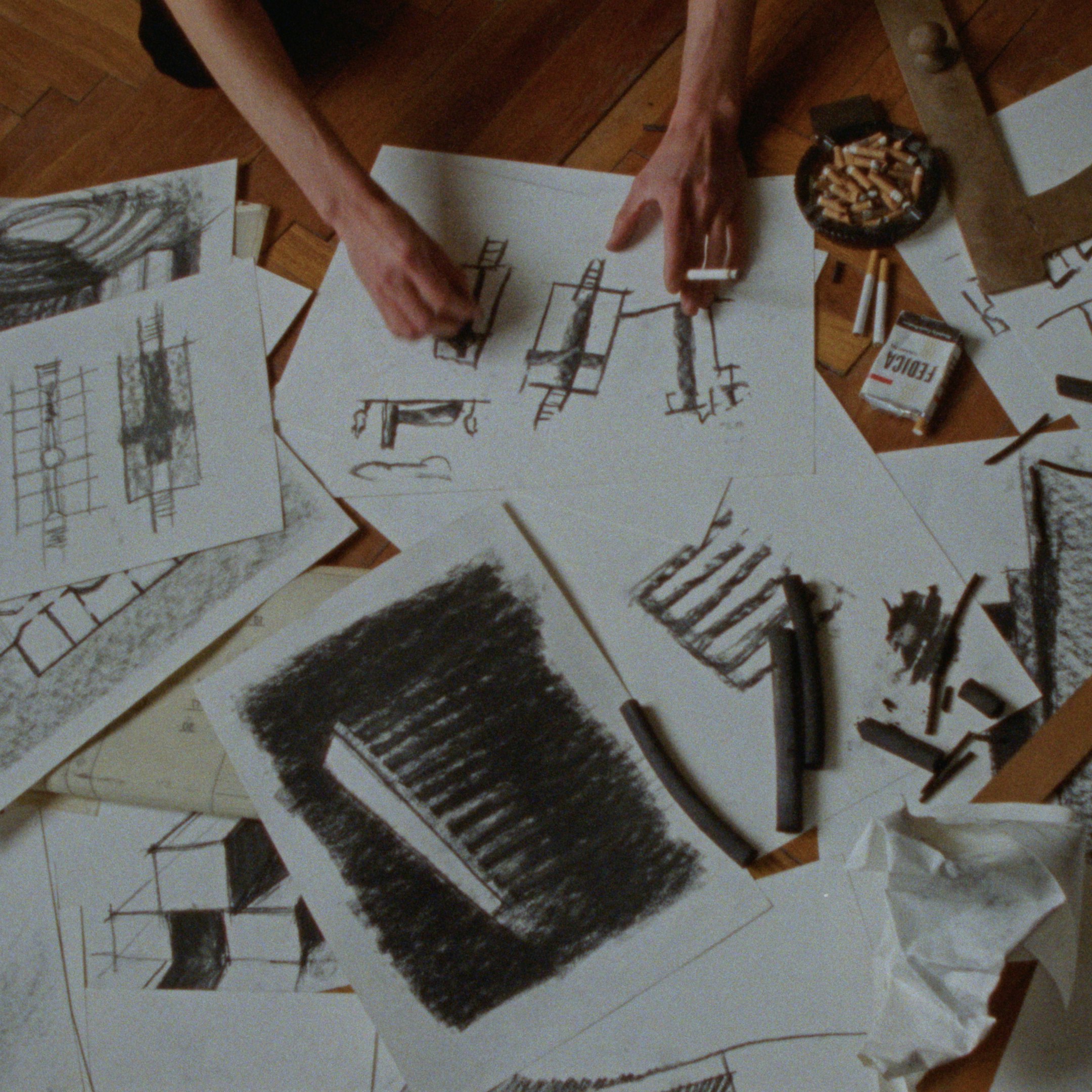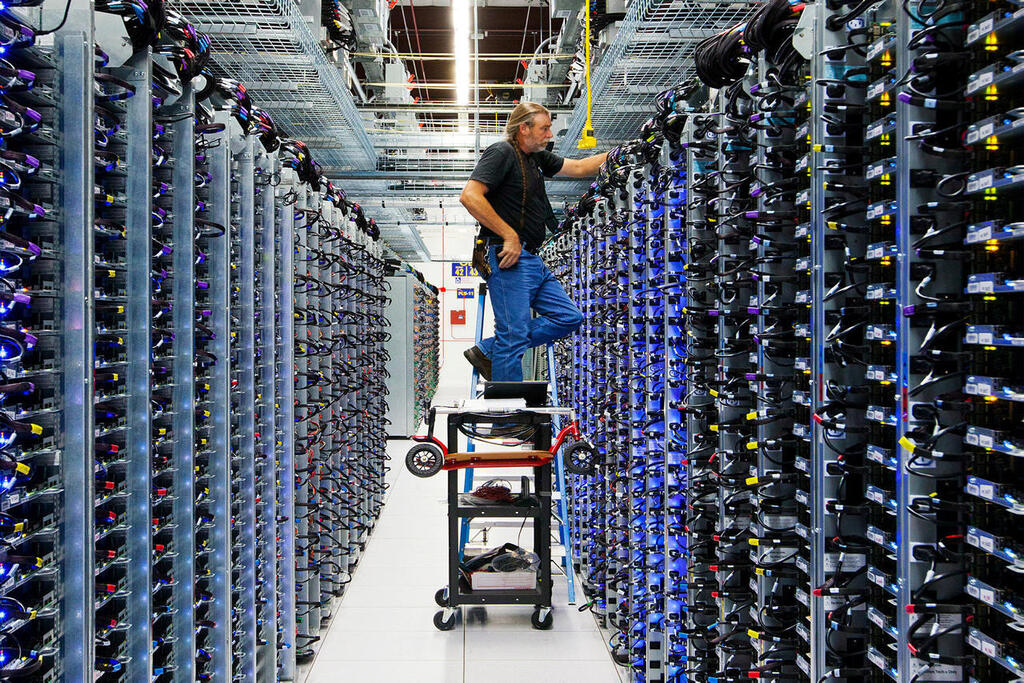I feel very conflicted about the future of animation – on one hand we have a stylistic boom and flourishing industry, and on the other we have the rise of AI. This week I would like to talk about AI now that it has infiltrated the design industry and its impact on the environment.
The new future Design faces was not even fathomable 5-10 years ago, we are having to navigate a new world that now has Artificial Intelligence. Some people may argue that AI is useful to designers, but I am staunchly against the use of generative AI for anything. AI means, for me and my design peers, that our jobs are becoming replaceable as entry level jobs, and even higher up positions, are being replaced by generative AI.

Many high profile animation companies, including Disney, are researching and implementing the use of AI in their films. Whilst some companies are using these tools to aid the production process responsibly, such as spell-checking scripts and speeding up rendering, advancements in AI technology have made it possible to generate entire animated films, scripts, concepts, and a whole lot more. Even Art Education Institutes, such as SAE Institute, are very transparent about using AI to replace human work. While this is morally disreputable from an artistic perspective, this surge of AI usage is largely damaging the environment and will only get worse as more companies continue to develop their AI technology.
This paper investigates water consumption used by AI model Chat GPT. AI models are ran by massive server farms that use tonnes of electricity (It is predicted that by 2027 AI farms will be using the same amount of electricity as the entirety of The Netherlands), which needs massive amounts of water to run. The paper discusses consequences of this water usage, including but not limited to water scarcity, decline in habitats and biodiversity, and dirtier water sources. It states: “According to a report, Chat GPT consumes approximately 500 ml of fresh, clean water every twenty to fifty questions.” With its 100 million monthly users and estimates of 2.5 billion prompts per day, Chat GPT is estimated to use 39.16 million gallons daily. Bear in mind this is only water usage for just one AI model only focusing on one source of pollution, this should put in scale the amount of environmental damage all AI usage causes.

I can’t be too pessimistic about the future of art however, as there are signs AI is beginning to cannibalize itself, and people are becoming more aware of its disadvantages as the novelty wears off. The future of design is forever changed, but hopefully soon that the reins will be pulled in.
Bibiography
- SAE (2023). The Role of AI in Assisting Animation Production | SAE Blog. [online] SAE United Kingdom. Available at: https://www.sae.edu/gbr/insights/the-role-of-ai-in-assisting-animation-production-unlocking-new-creative-possibilities/.
- Kleinman, Z. and Vallance, C. (2023). Warning AI industry could use as much energy as the Netherlands. BBC News. [online] 10 Oct. Available at: https://www.bbc.co.uk/news/technology-67053139.
- George, S., George, H. and Martin, G. (2025). View of The Environmental Impact of AI: A Case Study of Water Consumption by Chat GPT. [online] Puiij.com. Available at: http://www.puiij.com/index.php/research/article/view/39/23
- Prada, L. (2025). AI Models Are Cannibalizing Each Other—and It Might Destroy Them. [online] VICE. Available at: https://www.vice.com/en/article/ai-models-are-cannibalizing-each-other-and-it-might-destroy-them/ [Accessed 23 Jul. 2025].
Image credits
- Auslender, V. and Ashkenazi, S. (2023). The environmental pollution behind the boom in artificial intelligence. [online] Ctech. Available at: https://www.calcalistech.com/ctechnews/article/ryjytypf2.
- Warner Bros. (2025). Weapons | ‘Kiddo’. [online] YouTube. Available at: https://www.youtube.com/watch?v=jjXJojgbD0Y
- Rao, A. (2025). Why People Are Freaked Out That ‘The Brutalist’ Used AI for Architecture. [online] Dwell. Available at: https://www.dwell.com/article/the-brutalist-artificial-intelligence-architecture-ai-ddfe2420

